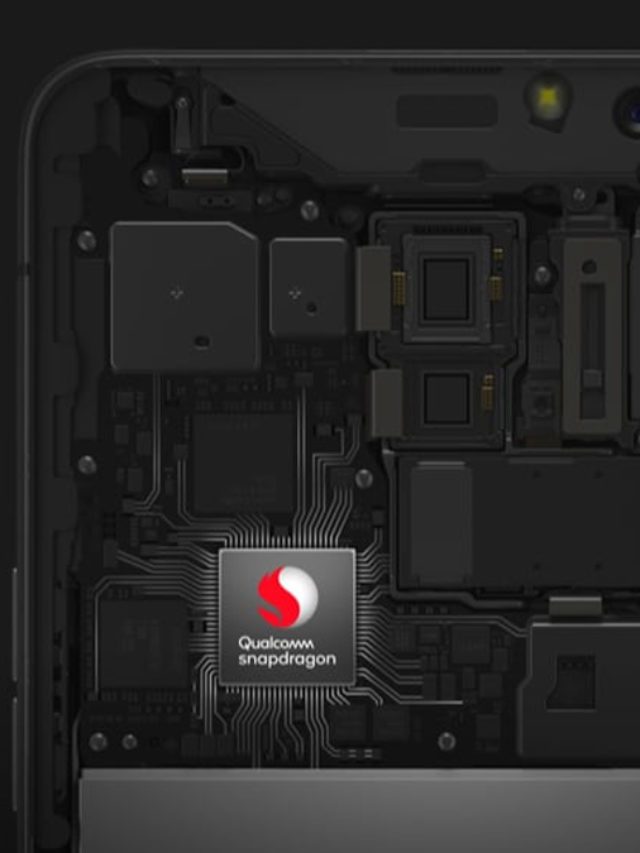In his latest survey, the TF International Securities tech analyst, Ming-Chi Kuo stated today that due to technical problems, the upcoming iPhone 15 Pro series models have abandoned the pressure-sensitive buttons and use physical buttons.
According to him, his latest survey indicates that due to unresolved technical issues before mass production, both high-end iPhone 15 Pro models (Pro & Pro Max) will abandon the closely-watched solid-state button design and revert to the traditional physical button design.
He emphasized that there is still time to tweak the design of the iPhone 15 Pro, which is now in the EVT development stage. Physical buttons have the advantage of being cheaper and easier to develop.
When the change was made, it was first thought that the solid-state button design would help manufacturers like Cirrus Logic (primary control IC), AAC Technology, and Luxshare Precision (Taptic Engine linear motor). But, it is now difficult to say.
Elegant Themes - The most popular WordPress theme in the world and the ultimate WordPress Page Builder. Get a 30-day money-back guarantee. Get it for Free
There is no actual deformation in the so-called solid-state button, like the iPhone 7/8’s Home button, and the Taptic Engine motor is utilized to simulate touch and deliver feedback. He has not yet clarified whether the toggle volume button is likewise removed from the EVT.
Ming-Chi Kuo, while stating the reasons for the abandonment, pointed out three justifications, which he stated as follows:
“1. Investors had anticipated that the new solid-state button design would increase suppliers’ revenues and profits; thus, this change is particularly unfavourable for Cirrus Logic (exclusive Controller IC supplier) and AAC Technologies (Taptic Engine supplier).
2. Luxshare ICT, another Taptic Engine supplier for solid-state buttons, will likely be less affected by this change due to its significantly larger operating scale vs. AAC Technologies.
3. The iPhone 15 Pro is currently in the EVT development stage, so there is still time to modify the design. In addition, removing the solid-state buttons and restoring physical buttons will simplify the development and testing process. Based on these factors, removing solid-state buttons should have a limited impact on the mass production schedule and shipments for Pro models.”


















